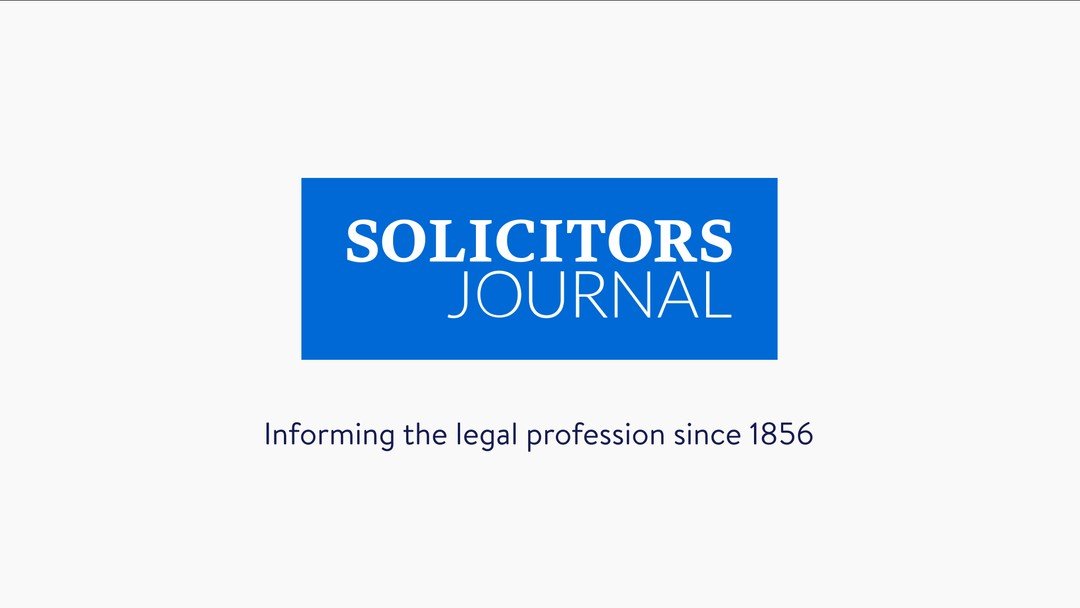Balancing act

When making an application for third party disclosure, practitioners must put together a convincing case that the order sought is not a fishing expedition and does not affect third party rights, says Masood Ahmed
The obligation of disclosure of documents is a fundamental and necessary aspect of the litigation process which, among other purposes, not only allows a party to formulate and possibly strengthen its case but which may equally undermine a party's case. Indeed, Lord Woolf highlighted in his report 'Access to Justice' the need to encourage parties to disclose documents early on in proceedings in order to encourage co-operation between the parties and allow parties the opportunity to settle. This principle has since been enshrined in the Pre-action Protocols.
Although the general rule advocates that disclosure cannot be requested against a witness, Rule 31.17 provides an exception to that rule. Provided that it can be demonstrated that the documents for which disclosure is sought are likely to support the case of the applicant or adversely affect the case of one of the other parties to the proceedings, and disclosure is necessary in order to dispose fairly of the claim or to save costs, then a court may order a third party to make disclosure. However, seeking such an order is far from straightforward and practitioners may be confronted with a number of hurdles which they have to overcome before a court grants an order (other than having to satisfy Rule 31.17). This is well illustrated by the recent High Court case of Flood v Commissioner of Police for the Metropolis and others [2009] EWHC 411 (QB).
The claimant, a police officer, commenced libel proceedings against the Times Newspapers Ltd. The newspaper sought to justify its allegations against the claimant and made an initial application for disclosure of documents from the Independent Police Complaints Commission.
Satisfying the CPR requirements
Although that order was granted, it resulted in irrelevant but sensitive information being released in respect of an individual, Mr B, who, it was claimed by the defendants, was associated with the claimant. Although that information was subsequently destroyed, the defendants now sought a further order in respect of information which was held by the Metropolitan Police Service (MPS). The defendant's second application consisted of a detailed schedule which purported to identify the category of documents which it claimed satisfied the requirements of CPR 31.17.
In considering the defendant's application, the court carefully dissected the application and, in particular, the schedule of documents. The court found that the categories of documents referred to in the application were far too broad for the purposes of meeting the requirements of CPR 31.17. This meant that some of the documents identified by the defendant would clearly fall outside of CPR 31.17 and therefore would not justify an order being made for third party disclosure against MPS. The court concluded that if a more 'narrowly focused' application had been made then it would have been more willing to make an order for third party disclosure.
The court in Flood helpfully set out the approach which would be taken by a court when faced with an application for third party disclosure. It is this approach which practitioners should consider before embarking on making an application. The court firstly highlighted the three stages which must to be considered by the courts before making an order. The first two stages are the requirements of CPR 31.17 as set out above. However, even if the first two stages may be met, the court may still exercise its residual discretion when considering whether or not to make the order.
The court observed that it was at this third stage that broader considerations came into play (as it did in Mr B's case) such as where the public interest lay and whether or not disclosure would infringe third party rights in relation, for example, to privacy or confidentiality. It is at this stage that the court will have to perform a careful balancing exercise between the various competing interests, and it is at this stage that unexpected problems may arise for an applicant.
Avoiding the pitfalls
Flood not only demonstrates some of the potential problems which a party seeking a third party disclosure may face, but also provides some guidance as to how to avoid some of the common pitfalls associated with making such applications '“ in particular, that the party making the application must ensure that such an application clearly and succinctly identifies only those documents which clearly fall within CPR 31.17.
Further, third party disclosure applications will need to be carefully drafted in order to cover only those documents which are relevant to the issues in the case, and practitioners would be strongly advised to carefully consider the statements of case in the proceedings to ascertain whether the documents they are seeking are actually relevant to the legal or factual arguments.
If this is neglected then a court will, as it did in Flood, refuse an application on the basis that it is far too wide and it may, consequently, be seen as though the applicant is simply going on a fishing expedition. Even if the documents do fall within CPR 31.17, careful consideration must be taken as to whether the order, if granted, may affect any third party rights and this will ultimately depend on the nature of each particular case.
